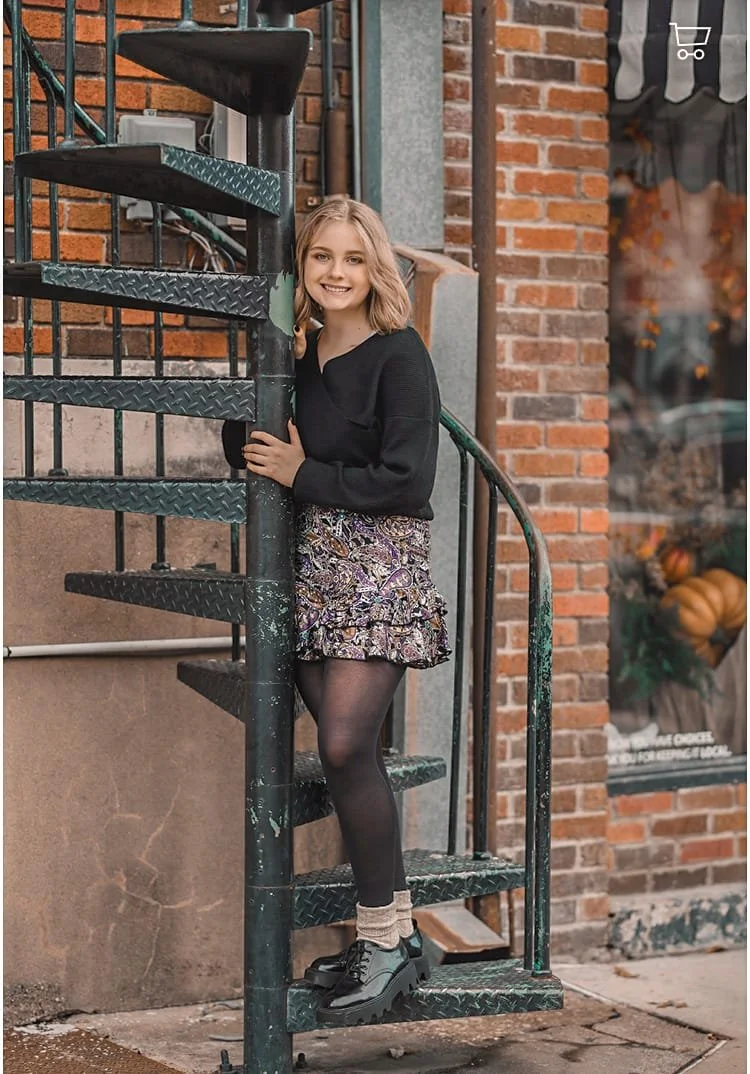Small Steps.
Big Changes.
Nova is a companion in the journey towards a healther, more active lifestyle. We’ve created an innovative solution to inspire movement throughtout your day.
Summary
Nova represents an innovative approach to promoting physical activity in sedentary lifestyles through the app and Flic buttons. As part of a collaborative team effort, we conceptualized the Nova app prototype, by using a design thinking process and applying a ubiquitous system to empower users with personalized experiences aimed at incorporating walking into their daily routines. Additionally, our team crafted a landing website to market Nova, showcasing its features and benefits to a wider audience.
My Contributions
In a collaborative team, I contributed to shaping Nova, an app fostering daily physical activity integration. My role involved ideation, defining the moodboard, and crafting prototype screens, such as Splash, Connect Flic Button onboarding screens, and Calendar feature screens, ensuring consistency and aesthetic appeal.
Desk job workers tend to suffer from lower back problems. These jobs mainly involve people who must sit at their desks for most eight-hour shifts and mainly involve computer use and administrative duties. Sedentary jobs are found throughout the industry, such as accountants, graphic designers, computer programmers, etc. Their schedules are usually filled up, and they are conscious of the time limit and lack of physical activity throughout the day. Their work mainly involves mental overload, thus leaving little room to take the initiative to develop a physical activity plan.
Problem
Our proposed solution, the Step Count and Activity Motivator App is designed to motivate sedentary workers to improve their average steps of 5,000 daily using Flic Buttons and mobile devices to track their activity. Step Count and Activity Motivator App focuses on improving sedentary workers' heath due to their lack of space for exercise, physical activity, and occupational sedentary office work. Multiple Flic buttons in a defined area (home or office) encourage workers to move up. The connection with the mobile app tracks the workers' steps and helps them achieve their desired step count.
Proposed Solution
Design Thinking Process
Discover
SECONDARY RESEARCH
Health Risks of
Sedentary Lifestyle
Research from the Mayo Clinic has linked sitting for long periods with many health concerns. They include obesity and a cluster of conditions — increased blood pressure, high blood sugar, excess body fat around the waist, and unhealthy cholesterol levels — that make up metabolic syndrome.
16%
Higher mortality risk from all causes (obesity, hypertension, high blood sugar, and cholesterol)
34%
Higher mortality risk from cardiovascular disease
Fish’n’Steps
The Siemens Corporate Research team developed Fish'n'Steps, a social computer game aimed at motivating sedentary individuals to combat chronic diseases associated with obesity. Analysis using Prochaska's Transtheoretical Model of Behavioral Change revealed the establishment of new routines, resulting in improved activity levels. This study underscores the effectiveness of such games in fostering long-term behavioral change, with an emphasis on positive encouragement rather than negative reinforcement.
Comparative Apps
There are many health apps, such as, Google Fit and Strava that offer step-count features and exercise routines.
These apps focus on competitiveness, personalized starting point and specific goal setting. They lack on these points:
Incremental adjustments to walking targets
Ability to modify walking plans throughout the day
Tailored for individuals with sedentary lifestyles and limited understanding of fitness objectives.
Define
TASK ANALYSIS
From our secondary research, we were able to outline key tasks and the activities that users have to complete to solve the problem to achieve the goal. The task flow diagram provides an overview of the problem, enabling us to focus on the design of the tasks and activities that support user goals.
STORY BOARD
We crafted a storyboard to depict how users navigate tasks and activities to reach their goals. Sally, working in an office, aims to boost her physical activity amidst distractions like social media. Despite setbacks, she endeavors to incorporate walks and household activities into her routine. The storyboard helped us pinpoint nuanced interactions and areas in our design needing attention.
TECHNOLOGY
FLIC BUTTONS
SMART PHONE FEATURES
Location Tracker
Step Counter
Calendar Integration
Ideate
USER FLOW
Through several iterations, we designed the ideal steps users would follow to complete a common tasks with the proposed solution.
PRIVACY CONCERNS
DATA COLLECTION
Step Tracker | Persona Data | Location Tracker
SKETCHES
After finalizing our user flow, we sketched our concept and explored various aspects of user interaction by visualizing them.
PROTOTYPE
LOW FIDELITY PROTOTYPE
EVALUATION
During the initial evaluation, feedback from 9 classmates highlighted shortcomings in our wireframes regarding user understanding of walking challenges and the need for Flic Button usage. To address this, we planned to introduce an onboarding section and refine screen designs for clearer communication and smoother development, ultimately aiming to boost user motivation and app engagement.
TEST
For this second evaluation, three classmates gave us feedback. We found that we needed to focus on Consistency and Standards, and Aesthetic and Minimalist design. The major issue in our frames that needs more attention is consistency. The frames themselves overall have the proper information/data, but need refinement and cohesiveness. After making all the frames consistent is when everything will be blended smoothly with aesthetic and prototyping.
HIGH FIDELITY PROTOTYPE
ITERATIONS
Issues we’ll be prioritized under Consistency and Standards:
Buttons
Branding
Prototyping
ITERATIONS SCREENS FOR HOME
Final Prototype
Check out our final prototype.
Protype
LANDING PAGE
Finally, we developed a landing page to promote our system.
Throughout this project, I deepened my understanding of Ubiquitous systems, recognizing their pervasive presence in our lives.
Strengths
I took on a leadership role within the group, fostering motivation among members to leverage their strengths. This collaborative effort was pivotal in shaping our app into something truly unique and potentially successful.
Weaknesses
However, we encountered challenges with time management as a group, particularly in allocating sufficient time to comprehend the software and maintain organizational efficiency during the transition from low-fidelity to high-fidelity prototyping.
This project served as a profound reminder of the intricate technology woven into our daily existence, seamlessly integrating into our routines. Witnessing the dedication required to develop such systems underscored the potential for technology to enhance people's lives. As a graphic designer with UI/UX experience, I am inspired to continue contributing to the creation of tools that enrich and simplify the human experience.
Reflection
Meet the Team


























